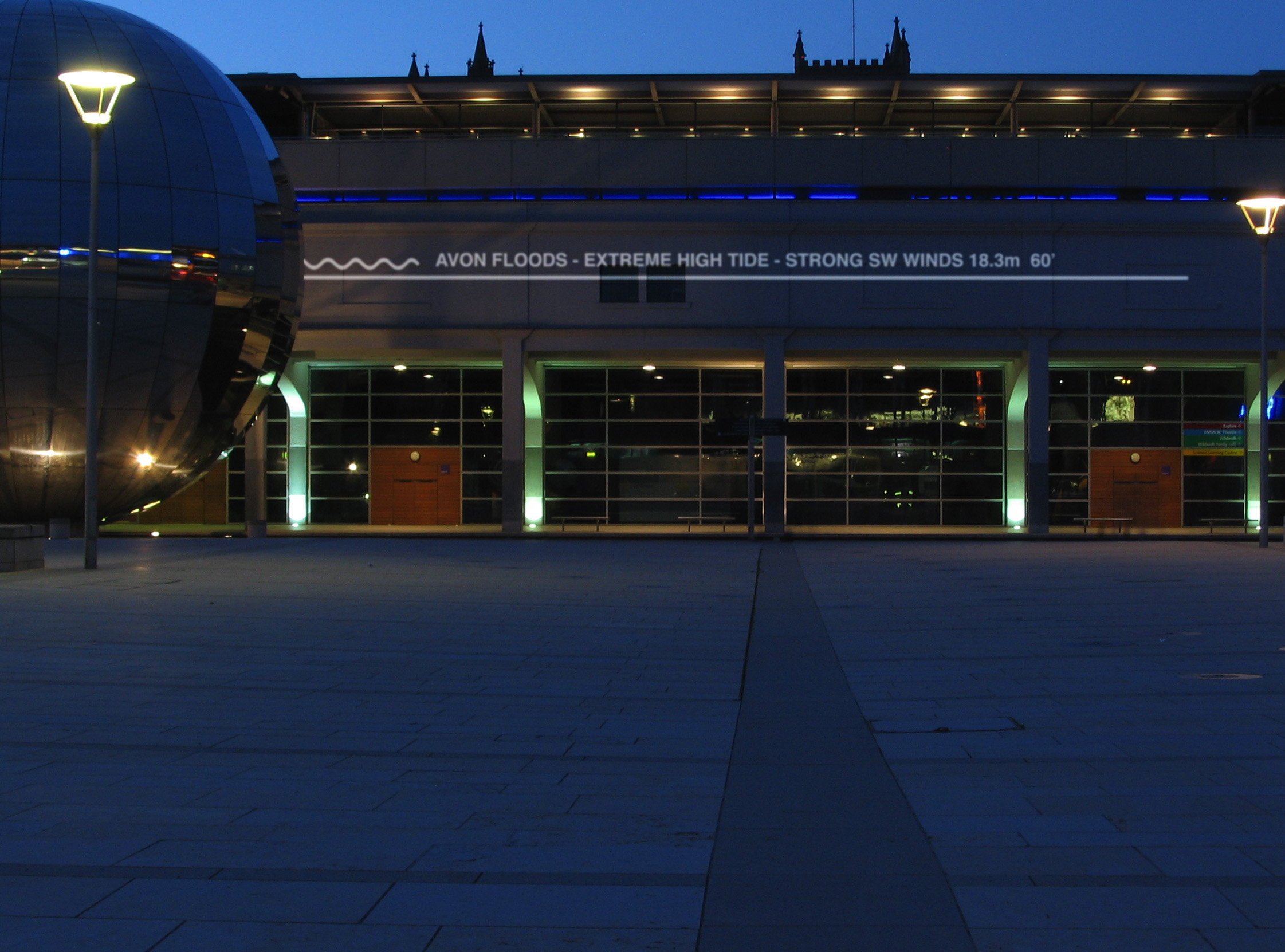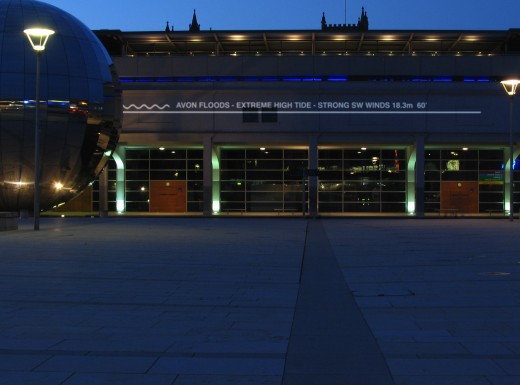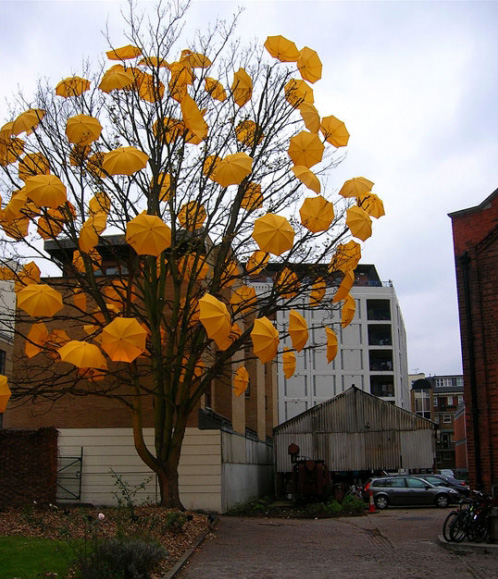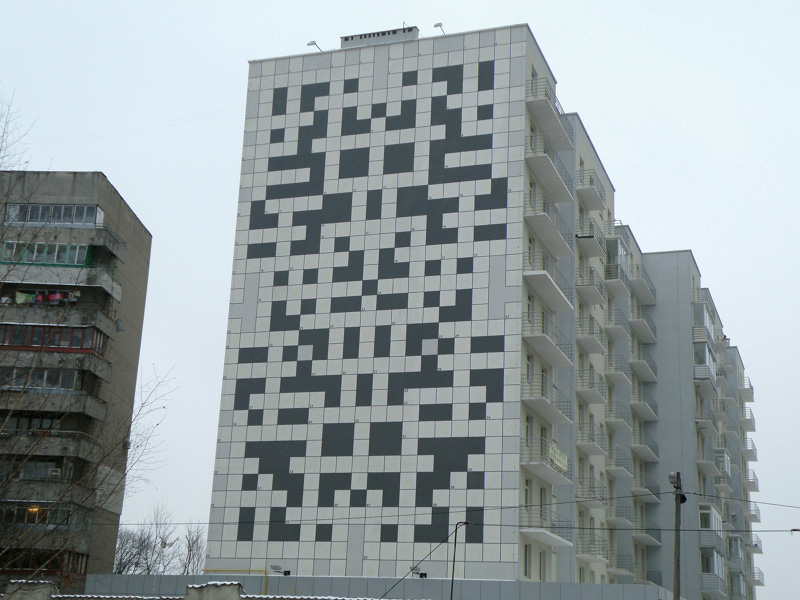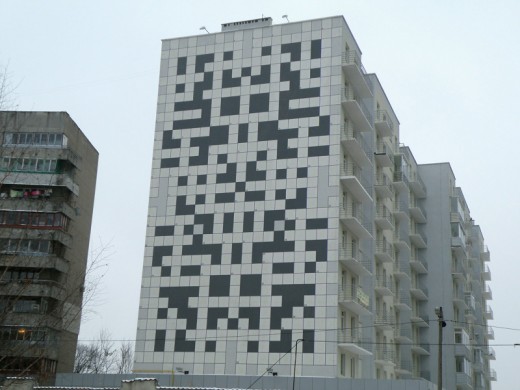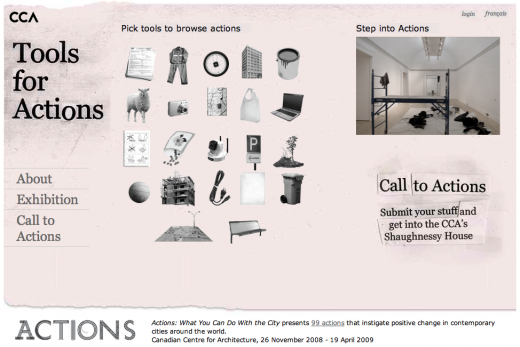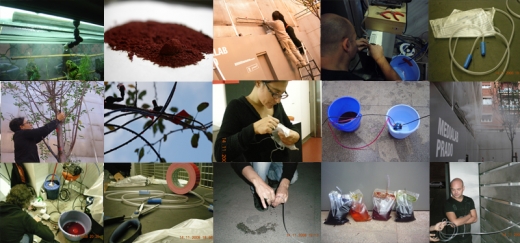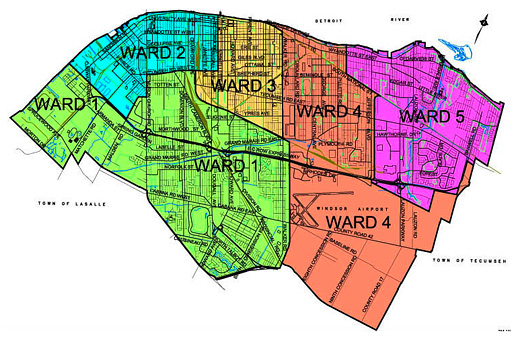
I can’t say it much better than Chris over at Scaledown, so I’ll just reblog it here:
The time has come for the City of Windsor to investigate adjusting its ward boundaries to better reflect the redistribution of our population we’ve realized over the past thirty years. Yes, the last time this has been analyzed was 1978.
There has been a significant move to the ‘burbs over the course of the last three decades, and the boundaries of our ward representation has yet to catch up with this trend. Wards one and five have noticed the greatest amount of land use homogeneity with the vast majority of their residential poulation living in raised ranch housing. Wards two and three have been continuously bleeding residents to these new subdivisions, while our other urban ward, ward four, has only grown due to the recently annexed land by the airport.
There will be 3 ward boundary review meetings:
Wednesday, April 15, 7-9pm (Forest Glade Community Centre)
Thursday, April 16, 4-6pm (Windsor Water World)
Thursday, April 16, 7-9pm (South Windsor Recreation Complex)
This could dramatically impact the next election and the future of city council representation in Windsor, so if you have time, and especially if these review locations are in your neighbourhood, it’s definitely worth going.

